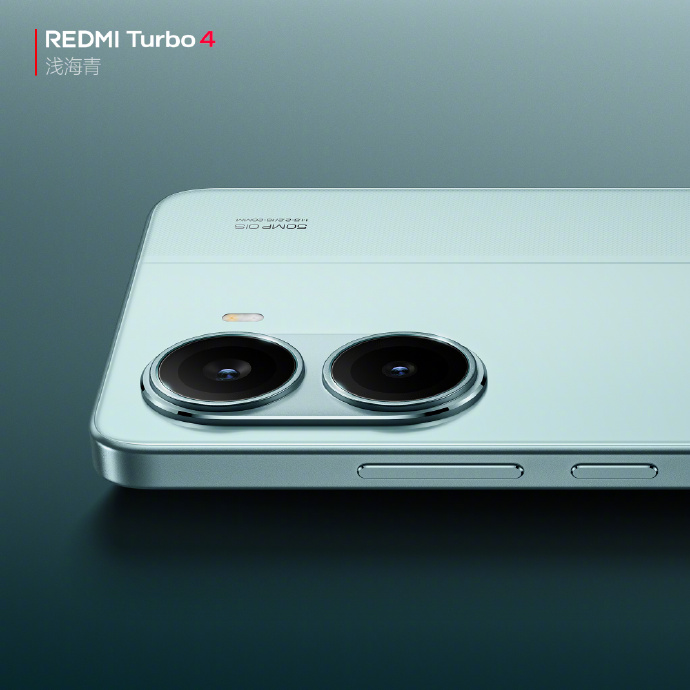Xiaomi has launched the Redmi Turbo 4 this week, marking it as the first device featuring the Dimensity 8400 chipset. This MediaTek processor serves as a sub-premium option compared to the upcoming Qualcomm Snapdragon 7+ Gen 4. Benchmark tests have provided insight into the performance of this new SoC.
Performance Benchmarks
In the Geekbench 6 testing, the Dimensity 8400 in the Turbo 4 achieved a single-core score of 1639 and a multi-core score of 6500. This reflects a rather underwhelming upgrade over the Dimensity 8300, which garnered a score of 1548 in the single-core assessment. The results show that while the Dimensity 8400 struggles against competitors like the Snapdragon 7+ Gen 3 and Snapdragon 8s Gen 3 in single-core performance, it often surpasses them in multi-core performance.
AnTuTu Scores
When tested on AnTuTu’s CPU benchmark, the Redmi Turbo 4 registered a score of 394,810. For comparison, the iQOO Z9 Turbo, powered by the Snapdragon 8s Gen 3, recorded a score of 374,782, and the OnePlus Ace3V, using the Snapdragon 7+ Gen 3, managed 369,828 in the same test.
GPU Performance
On the graphics front, the Dimensity 8400 in the Redmi Turbo 4 achieved a score of 4,086 in 3DMark’s WildLife Extreme test, outperforming the Snapdragon 8s Gen 3, which scored 3161. This advantage is further evident in AnTuTu’s GPU test, where the Turbo 4 scored 658,114, compared to the Snapdragon 8s Gen 3’s 506,197 and the Snapdragon 7+ Gen 3’s 472,913.
In summary, the Dimensity 8400 demonstrates superior CPU and GPU capabilities compared to these two Qualcomm chipsets. This was somewhat anticipated, given that both the Snapdragon 8s Gen 3 and Snapdragon 7+ Gen 3 are now considered older generation technologies. The true competition for the Dimensity 8400 will be the next iterations of these Qualcomm processors. While it does exceed the performance of the Snapdragon 8 Gen 2 in both CPU and GPU benchmarks, it falls short when compared to the newer Snapdragon 8 Gen 3.
Source: Link






